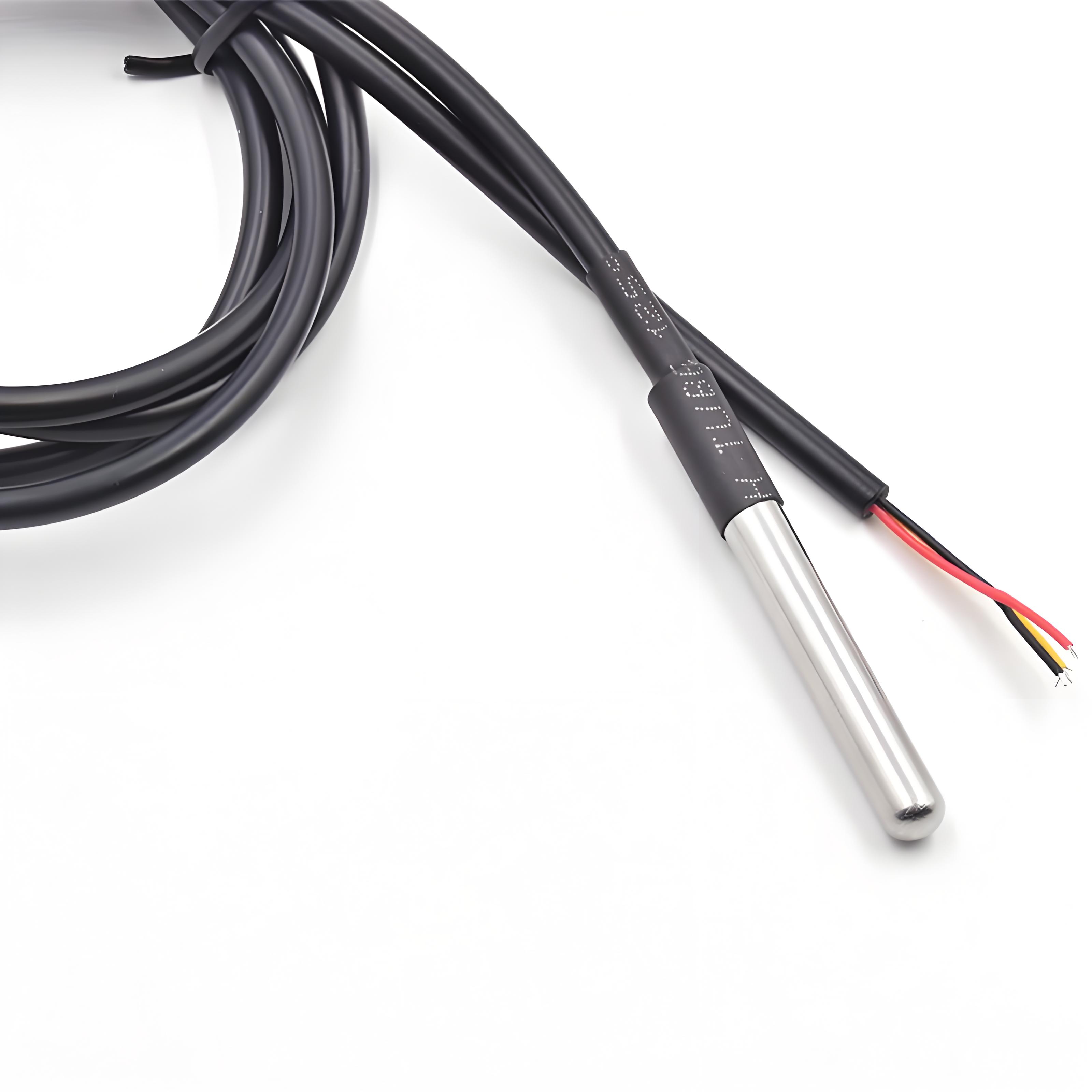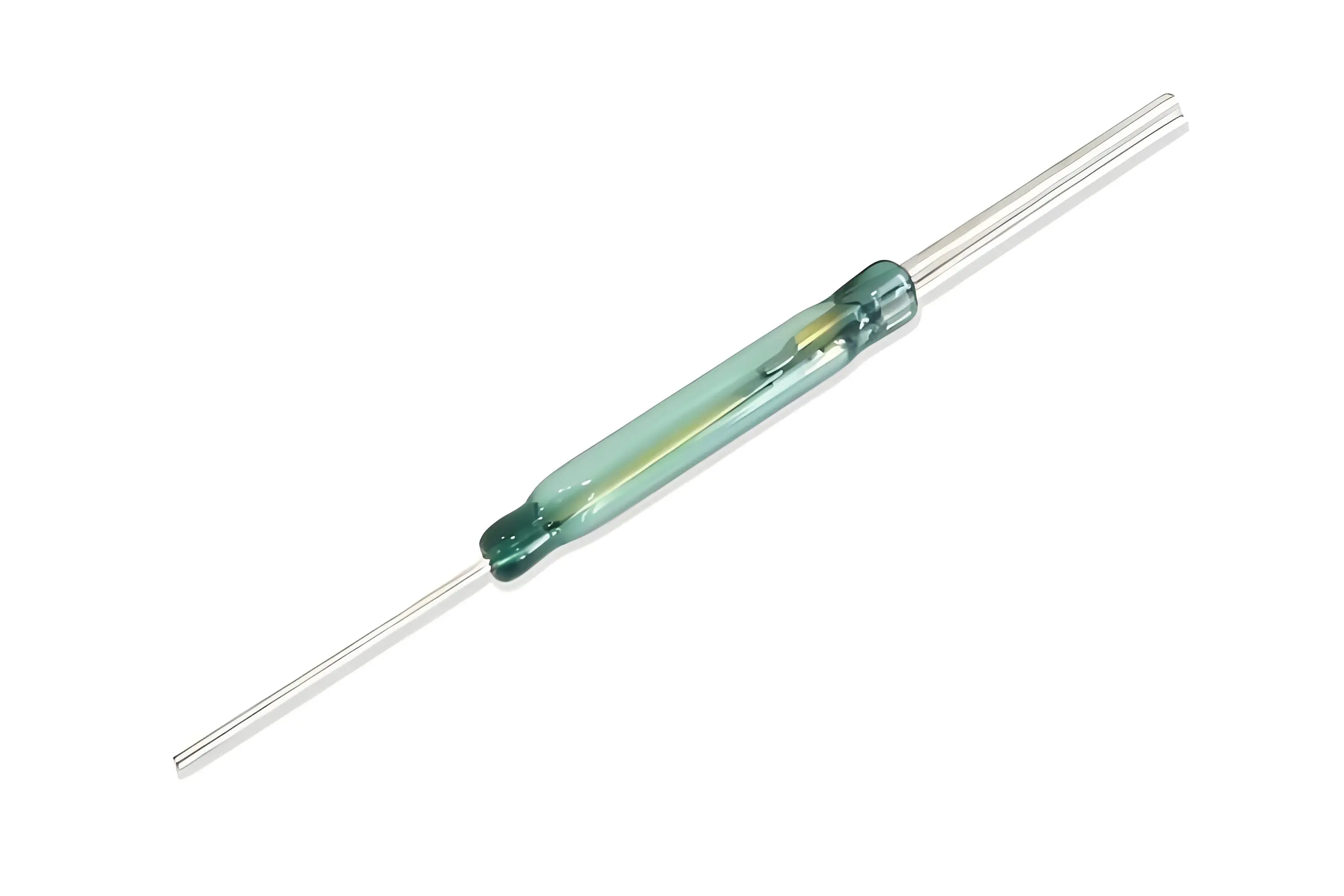A temperature sensor is a device that provides temperature measurement in a readable form through an electrical signal such as voltage, resistance etc.
Overall speaking, there are two types of temperature sensor, one is non-contact sensor such as infrared sensor, and the other is contact sensor such as thermocouple, thermistors etc.

In this article, we will only discuss BST's temperature sensor product portfolio which is contact senor, to be more precisely, Thermistors and Resistive Temperature Detectors (RTD).
What is a thermistor?
Thermistor core material is a type of semiconductor that react like a resistor sensitive to temperature, usually ceramic or polymer.
Thermistors are available in two types: those with Negative Temperature Coefficients (NTC Thermistors) and those with Positive Temperature Coefficients (PTC Thermistors). In other words, a NTC thermistor's resistance decreases as its temperature increases. A PTC thermistor's resistance increases as its temperature increases.
NTC Thermistors are more commonly used for temperature measurement while PTC Thermistors are primarily used for circuit protection.
What is a Resistive Temperature Detectors (RTD)?
A RTD sensor's resistance changes when its temperature changes. The core material of RTD is usually platinum, according to resistance difference, PT100 and PT1000 are commonly used.
RTD works in a similar way to thermistors and measure ohmic resistance to reflect temperature. They are connected to a circuit in a similar way to a thermistor but they have a much wider temperature range and can measure extreme temperatures.
What is the difference between thermistor and RTD?
1, Core materials: thermistor is ceramic material such as oxides of nickel, manganese or cobalt, and RTD is usually platinum.
2, Precision difference: thermistors are less accurate than platinum RTD. In general, the temperature accuracy of platinum resistors can reach 0.1 ° C, while the temperature accuracy of thermistors can only reach about 1 ° C. At the same time, the response time of platinum resistors is also much faster than that of thermistors.
3, Application difference: the thermistor is suitable for some occasions where the temperature requirements are relatively low and the temperature is stable, such as petroleum, chemical, electronic devices etc. Platinum RTD has a wider range of applications, and has important applications in automotive, medical, aerospace and other fields.
What's the application of temperature sensor?
Temperature sensors are used to measure temperature in many different applications and industries. Some application examples are:
White goods: Ovens, kettle, coffee machines etc.
HVAC applications: Heating ventilation and air conditioning devices.
Industrial machines: Power plants, pump systems and cleaning systems.
Medical applications: Thermodilution cardiac catheters, humidifiers, ventilator flow tubes, dialysis fluid temperature.
Automobile: Exhaust gas, inlet air temperature, oil temperature and engine temperature measurements.
BST, a manufacturer for temperature sensor, reed sensor and hall sensor, has been providing position, liquid and level sensor solution for different industries. Welcome to contact us for more informaiton about temperature sensor.
